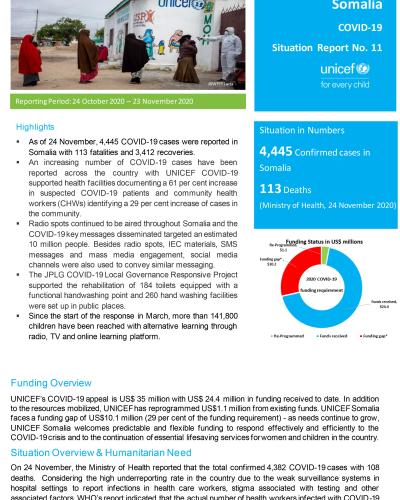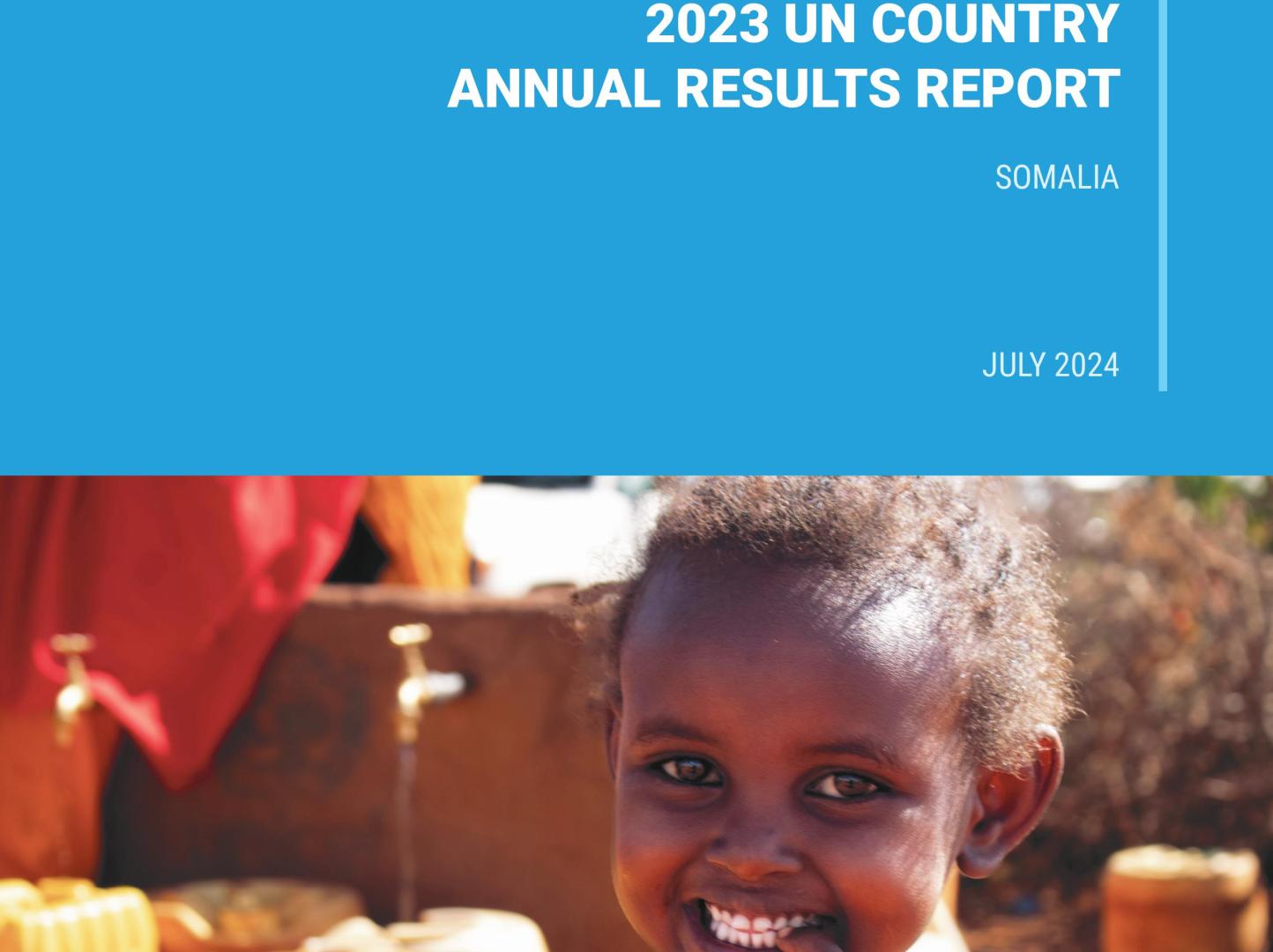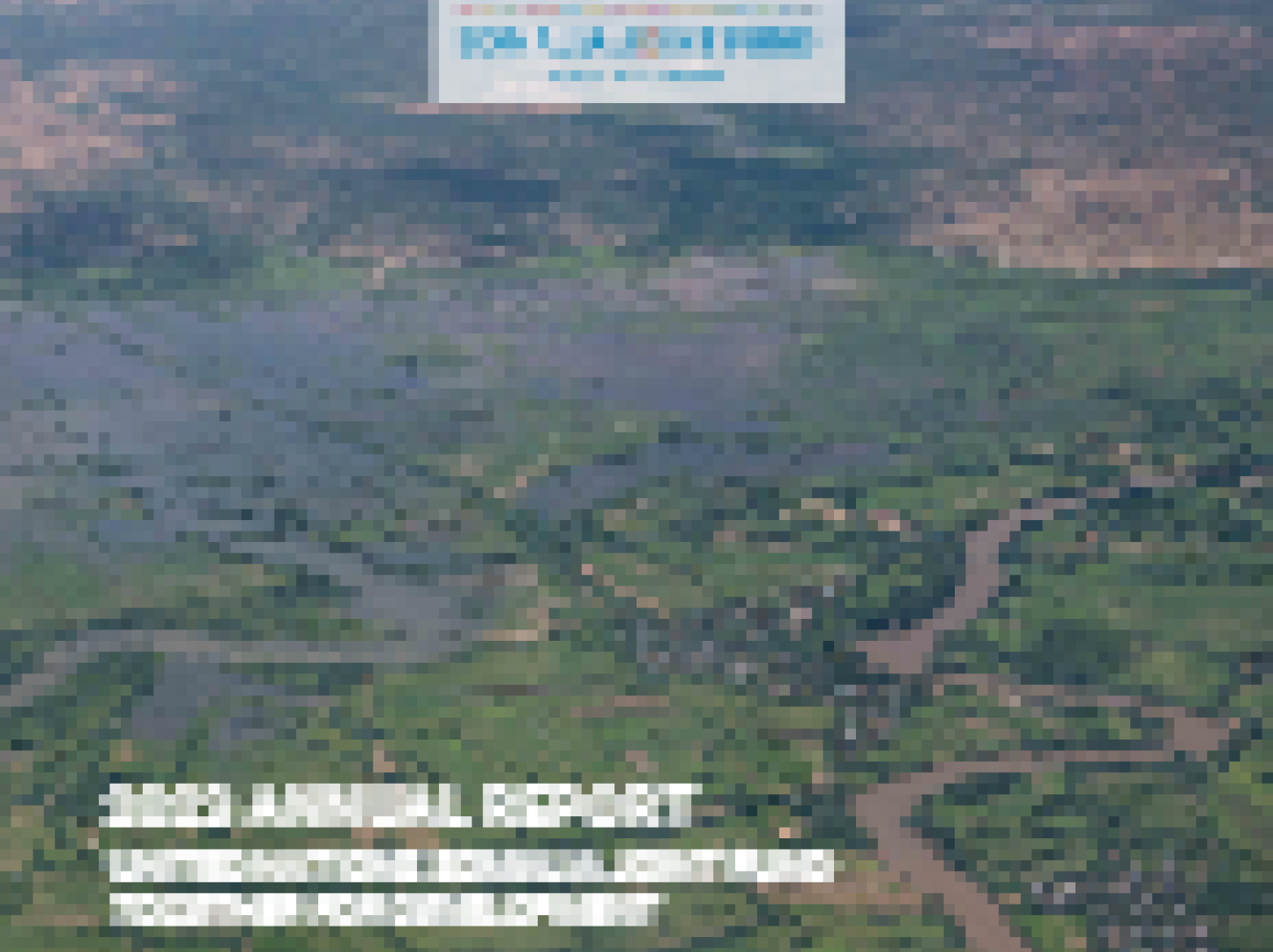UNICEF Somalia COVID-19 Situation Report No. 11 - Reporting Period: 24 October 2020 – 23 November 2020

Highlights
- As of 24 November, 4,445 COVID-19 cases were reported in Somalia with 113 fatalities and 3,412 recoveries. ▪ An increasing number of COVID-19 cases have been reported across the country with UNICEF COVID-19 supported health facilities documenting a 61 per cent increase in suspected COVID-19 patients and community health workers (CHWs) identifying a 29 per cent increase of cases in the community.
- Radio spots continued to be aired throughout Somalia and the COVID-19 key messages disseminated targeted an estimated 10 million people. Besides radio spots, IEC materials, SMS messages and mass media engagement, social media channels were also used to convey similar messaging.
- The JPLG COVID-19 Local Governance Responsive Project supported the rehabilitation of 184 toilets equipped with a functional handwashing point and 260 hand washing facilities were set up in public places.
- Since the start of the response in March, more than 141,800 children have been reached with alternative learning through radio, TV and online learning platform.
Situation Overview & Humanitarian Need
On 24 November, the Ministry of Health reported that the total confirmed 4,382 COVID-19 cases with 108 deaths. Considering the high underreporting rate in the country due to the weak surveillance systems in hospital settings to report infections in health care workers, stigma associated with testing and other associated factors, WHO’s report indicated that the actual number of health workers infected with COVID-19 might be higher than what has been reported. The impact of the COVID-19 infection among the health workers on the health system needs further assessment.
Data gathered as of 10 October 2020 show that more than twice as many men as women were tested for and infected with COVID-19 in Somalia. Of a total of 23,932 samples tested, only 7574 were from females and of the 3864 positive cases, 1021 were females Anecdotally, community health workers have attributed this difference to: women not visiting health facilities because of the social stigma associated with COVID-19, women’s fear of being forced to isolate while they are supporting or looking after their families and fewer women being exposed to the COVID-19 virus as they come into physical contact with others less often than men.




